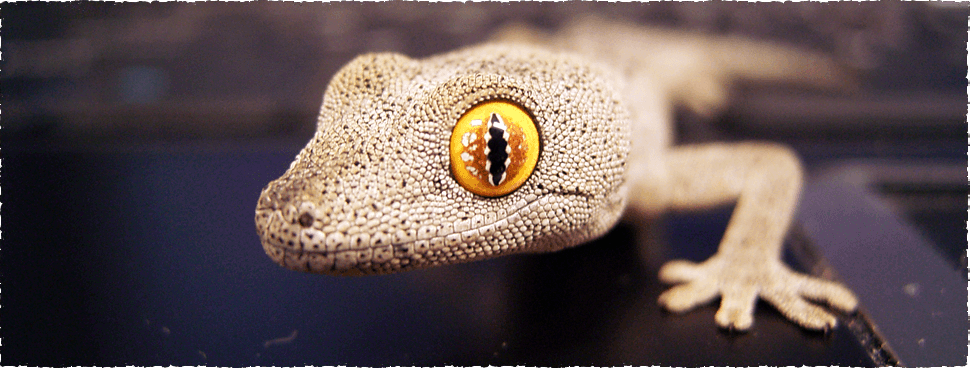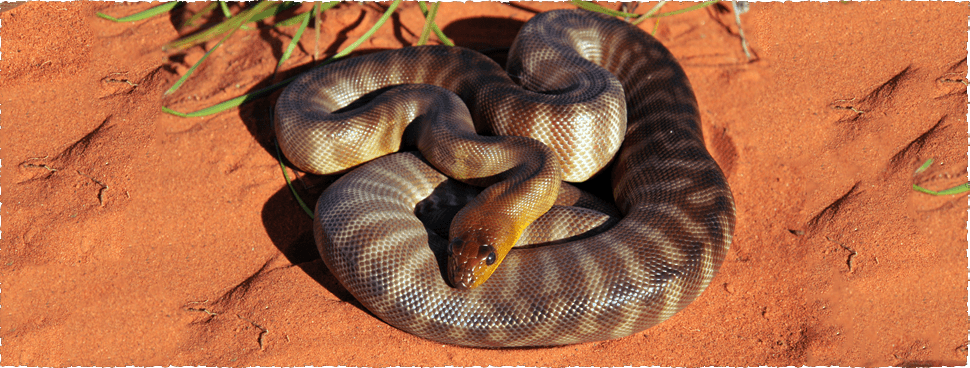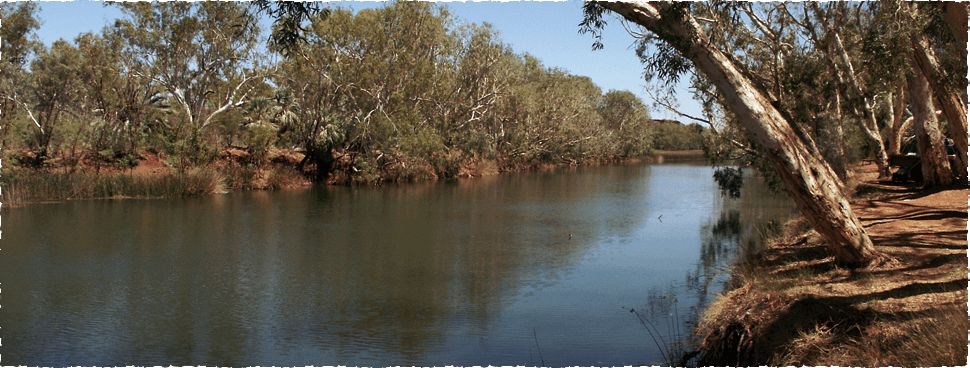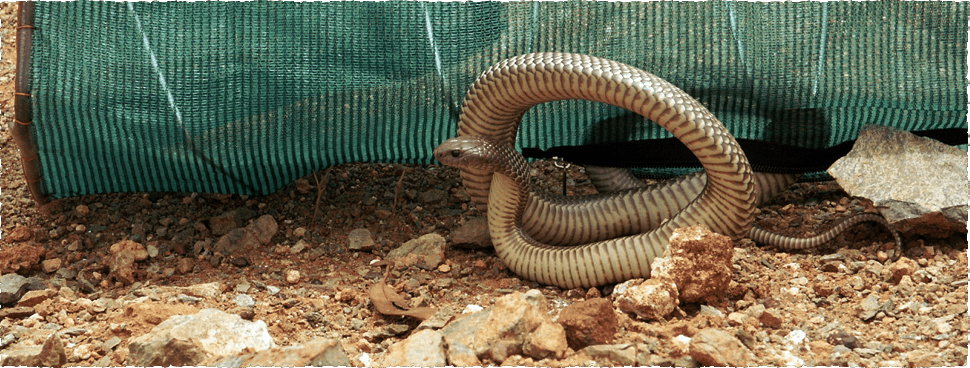The EPBC Act and EPA websites frequently publish fauna survey and assessment reports. In addition there are numerous other fauna surveys undertaken to support mining applications or native vegetation clearing permit applications to the Department on Mines and Petroleum (DMP), Department of Environment (DoE), Department of Parks and Wildlife (DPaW) and the Environmental Protection Authority (EPA) […]















Winter fauna assessments for environmental impact assessments
February 3rd, 2014Monitoring Malleefowl mounds with cameras
January 14th, 2014There is often a need to monitor activity levels associated with Malleefowl mounds. Males, and sometime pairs, will commence mound building or mound maintenance activity in winter and spring planning to lay eggs as the weather warms. The decomposing vegetation raked into the centre of the mound requires moisture for it to decompose at a […]
Bilbies in the Pilbara – expect the unexpected
December 23rd, 2013Abbott (2001) reported that bilbies were once common in the south-west of Western Australia, with three records near Bridgetown. In the south-west of WA they lived in open forest and woodland of the northern and eastern Jarrah forests. Abbott (2001) suggested that the fox was the primary cause of its demise in this area, although […]
Searching and trapping for Mulgara in the Pilbara
December 20th, 2013Last week Terrestrial Ecosystems presented at the Department of Parks and Wildlife (DPaW) workshop on Mulgara. This is one a number of workshops being organised by DPaW on Pilbara threatened species. There was much discussion on which Mulgara species is in WA. The general consensus is that we have Dasycercus blythi, however, there are some […]
Preference for related mates in the fruit fly, Drosophila melanogaster
December 13th, 2013Somewhat surprisingly, recent research predicts that some animals might actually have higher overall reproductive fitness if they mate with a relative. This theory is known as optimal inbreeding and is caused by the inclusive fitness benefits of inbreeding. For a detailed explanation of optimal inbreeding see Stephen’s other research work (insert link to other blog) […]
Climbing goannas are able to overcome a trade-off in sprint speed by increasing stride frequency
November 24th, 2013Often when a species develops a performance trait that gives it an advantage in doing a particular task or surviving in a particular environment, this inhibits other performance specializations. For example, lizards that occupy open spaces on the ground would normally have a high sprint speed but may not be overly agile in comparison with […]
Optimal breeding or just random mating in the wild?
November 24th, 2013When an individual helps a close relative to produce offspring, the relative will pass on genes to the offspring that are shared in common with the original individual. In this way, some of the original individual’s genes are passed on with out them actually producing their own offspring. The benefit gained from this is known […]
Aerial photography proves an effective method for searching for Malleefowl mounds
November 12th, 2013We searched an area of 70km² in the mid-west using high definition aerial photography for Malleefowl mounds. This area was searched on the ground in 2008, and all more recently discovered Malleefowl mounds had been added to the database that we used in this assessment. The aerial survey captured the area using a Microsoft Ultracam […]
How close is too close? – No evidence for optimal fitness at intermediate levels of inbreeding in Drosophila melanogaster
November 7th, 2013It’s well known that animals can have low fitness if their parents are close relatives such as brothers and sisters. It’s probably less well known that there are also examples of where animals can have low fitness because their parents are too distantly related. Because of these two factors it has been suggested that intermediate […]
Fauna surveys and assessments using cameras – beware the unknown
October 18th, 2013Wildlife researchers have used automated cameras to detect and observe wildlife since at least the 1950s. The very early models were often built by the researcher and allowed a single exposure until the camera was reset, and most could not be used in adverse weather conditions. The trigger mechanism varied for the early models and […]
